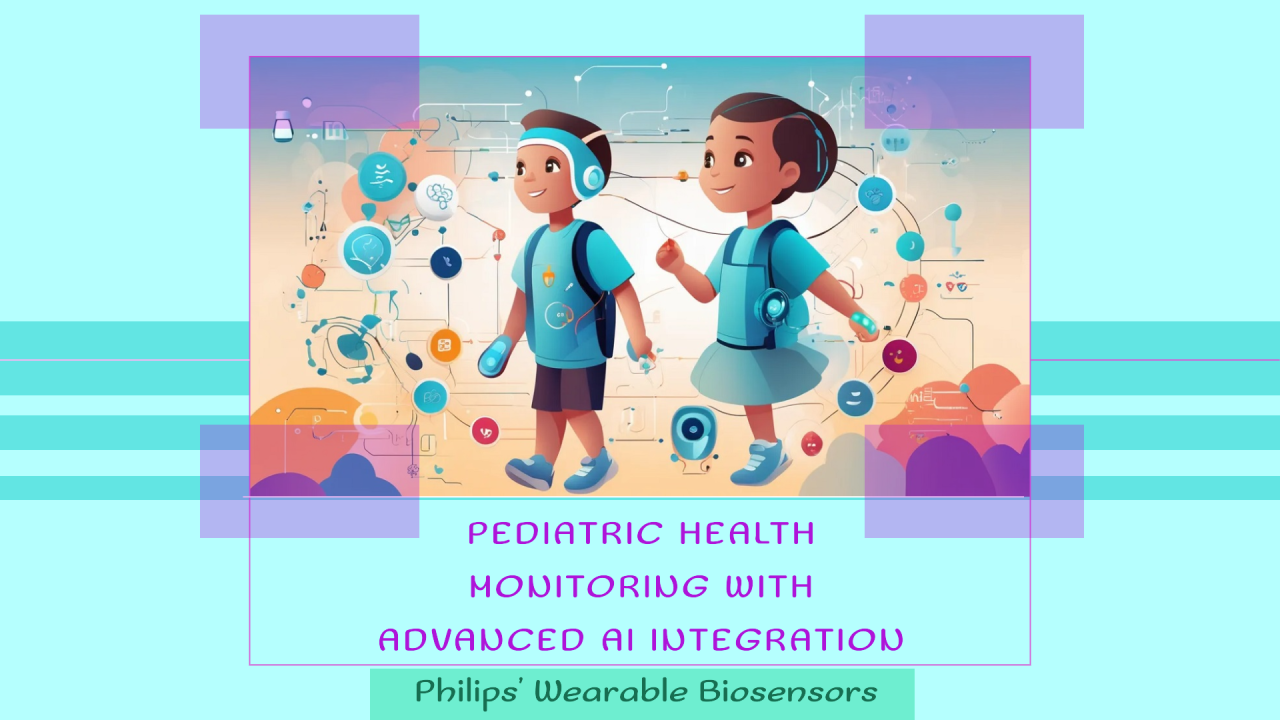OrSense’s NIR-Based Glucose Monitors: The Future of Non-Invasive Diabetes Care in the APAC Market

What are the Latest Advancements in Non-Invasive Glucose Monitoring Technology?
Non-invasive glucose monitoring has become a pivotal area of research and innovation, particularly for diabetes management. Traditional methods like finger-prick testing are often painful and inconvenient, leading to a strong demand for non-invasive solutions.
Recent innovations in the field include devices utilizing near-infrared (NIR) technology, radio wave sensing, and advanced optical methods. These techniques enable continuous monitoring of glucose levels through the skin, saliva, or interstitial fluid, without the need for blood sampling.
Top Companies and Innovations:
- Abbott: Abbott’s FreeStyle Libre has transformed glucose monitoring by offering a sensor-based system that provides real-time glucose readings through a mobile app. Although not entirely non-invasive, it has reduced the need for finger-prick testing significantly.
- Integrity Applications: Known for its GlucoTrack device, Integrity Applications uses ultrasonic, electromagnetic, and thermal technologies to estimate glucose levels without any blood extraction.
- Medtronic: Medtronic’s Guardian Connect integrates with mobile apps to provide predictive glucose trends and alerts, leveraging advanced algorithmic technologies to offer improved accuracy.
- OrSense: OrSense’s NIR-based devices use a cuff-like sensor placed on the finger to monitor blood glucose levels non-invasively, making it a highly promising technology for diabetes management.
These innovations are pushing the boundaries of what’s possible in non-invasive monitoring, aiming to improve patient outcomes and quality of life.
How Accurate are Non-Invasive Blood Pressure Monitoring Devices?
Non-invasive blood pressure (BP) monitoring has seen remarkable advancements, with modern devices utilizing technologies such as photoplethysmography (PPG) and pulse transit time (PTT) to estimate systolic and diastolic pressures accurately.
The integration of artificial intelligence (AI) and machine learning (ML) models into these devices has further enhanced their accuracy and reliability.
Top Companies and Innovations:
- Omron: Omron’s HeartGuide is a wearable blood pressure monitor that offers clinical-grade accuracy. This smartwatch-like device uses oscillometric technology and has received FDA clearance, making it a leader in non-invasive BP monitoring.
- Tensys Medical: The T-line system from Tensys Medical is a non-invasive device that offers continuous BP monitoring by utilizing a radial artery tonometer, providing real-time data without the need for a traditional cuff.
- CNSystems Medizintechnik: CNSystems has developed the CNAP® Monitor, a continuous non-invasive BP monitor that uses a patented volume clamp method to measure BP directly from the finger.
- A&D Medical: Known for its non-invasive BP devices, A&D Medical incorporates advanced sensor technology to deliver accurate results through oscillometric measurements.
These innovations are rapidly closing the gap between non-invasive and traditional BP monitoring methods, making them suitable for both clinical and home healthcare environments.
Can Wearable Biosensors Replace Traditional Diagnostic Methods?
Wearable biosensors are redefining how we monitor and diagnose health conditions. With the ability to track a range of biomarkers, from heart rate and oxygen saturation to glucose and lactate levels, these devices are becoming an essential tool in personalized healthcare.
Technologies like flexible electronics, nano-sensors, and bio-integrated systems are enabling these devices to capture and analyze health data in real-time.
Top Companies and Innovations:
- General Electric Medical: GE’s biosensor solutions utilize advanced algorithms and sensor technology to offer continuous monitoring of vitals like ECG, respiratory rate, and body temperature.
- Philips: Philips’ Wearable Biosensors employ sophisticated machine learning models to monitor heart rate variability, enabling early detection of cardiovascular abnormalities.
- Medtronic: Medtronic’s wearable devices integrate with their remote patient monitoring systems, providing continuous data collection and telehealth capabilities.
- Vaso Corporation: Vaso Corporation’s non-invasive hemodynamic monitoring solutions are designed to detect abnormalities in vascular function, serving as a preventive measure against cardiac events.
While wearable biosensors are not yet poised to replace all traditional diagnostic methods, they are becoming an invaluable complement, offering continuous monitoring that can alert clinicians to changes in a patient’s condition before symptoms arise.
What are the Benefits of Non-Invasive Diagnostic Devices for Children?
Non-invasive diagnostic devices are particularly beneficial for pediatric healthcare, where the comfort and safety of young patients are a primary concern. Devices that eliminate the need for needles or other invasive procedures reduce stress and make the healthcare experience less intimidating for children.
Top Companies and Innovations:
- Advanced Brain Monitoring: Their non-invasive devices focus on pediatric neurophysiology, providing tools for the early detection and management of neurological disorders.
- CAS Medical Systems: The FORE-SIGHT® cerebral oximeter by CAS Medical Systems is designed for non-invasive monitoring of brain oxygenation in children, offering vital data without the discomfort of invasive probes.
- Philips: Philips’ pediatric monitoring solutions include wearable sensors that provide continuous monitoring of vital signs like heart rate and respiratory rate, facilitating safe and effective care.
- Omron: Omron’s child-friendly blood pressure monitors are designed to provide accurate readings with minimal discomfort, making them ideal for use in pediatric settings.
These innovations are shaping the future of pediatric healthcare, offering non-invasive options that are both effective and child-friendly.
The field of non-invasive monitoring devices is rapidly evolving, driven by innovations from top companies like Abbott, Medtronic, GE Medical, and others. These advancements are making healthcare more accessible and less invasive, improving patient experiences and outcomes.
From glucose monitoring to blood pressure and pediatric diagnostics, non-invasive devices are set to become a cornerstone of modern healthcare.
For more information visit at MarketResearchFuture
Other Trending Reports
- #NonInvasiveMonitoringDevices
- #GlucoseMonitoring
- #HealthcareInnovation
- #DiabetesManagement
- #WearableBiosensors
- #ContinuousMonitoring
- #BloodPressureMonitoring
- #MedTech
- #MedicalDevices
- #HealthcareTechnology
- #AdvancedDiagnostics
- #PediatricHealthcare
- #HealthTech
- #RemotePatientMonitoring
- #PatientCare
- #NonInvasiveHealthSolutions
- #MedicalInnovations
- #DigitalHealth
- #HealthTechTrends
- #MedicalDeviceManufacturing
- Auto, moto
- Catering
- Leisure, entertainment
- Animals
- Beauty, health
- Education, tutors
- Sports and coaches
- Construction and repair
- Products and stores
- Tourism and recreation
- Finance and Insurance
- Literature
- Music
- History
- Politics
- Religion
- Art
- Movie
- Theater
- Wellness
- Accessories
- Business
- Various


